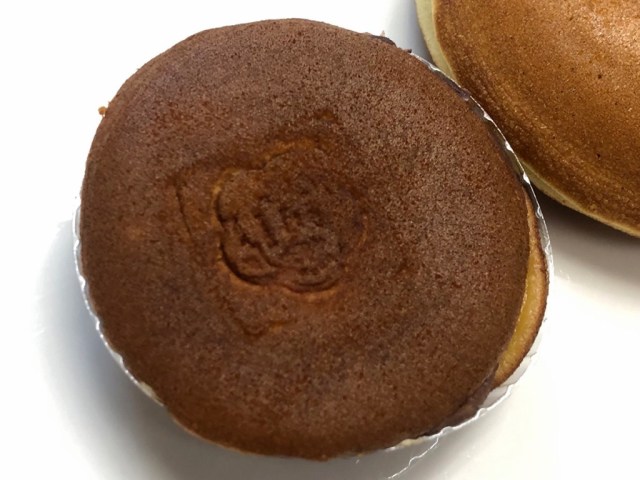
A new twist on one of Japan’s favorite traditional sweet snacks.
Dorayaki, for the uninitiated, is a Japanese confection consisting of two small pancake-like buns with a red bean paste filling. It’s a favorite snack among Japanese people (and blue robot cats) of all ages. Here’s another key point: the encasing buns are soft, but decidedly dry.
When our Japanese-language correspondent Yuichiro Wasai caught wind of something advertised as a nure dorayaki (hereafter a “wet dorayaki,” for lack of a slightly more appetizing English name), he was both intrigued and repelled. This particular variation of the beloved snack is sold by Baigetsudo, a Kagoshima-based confectioner that’s over 90 years old. Their wet dorayaki sell for 250 yen (US$2.41) each and can be purchased online.
▼ A wet dorayaki from Baigetsudo
But why would you go through all the trouble of making a snack that’s already popular the way it is purposely wet when it doesn’t need to be? Yuichiro just didn’t see the point of it all. He’d previously tried nure senbei (“wet rice crackers”) before and imagined that wet dorayaki must be something along similar lines. Were they supposed to be even tastier when wet? The more he thought about it the more it bothered him so he promptly ordered a batch to find out.
For comparison purposes, he also purchased a normal (i.e., “dry”) dorayaki at Lawson for 145 yen.
▼ Wet dorayaki (left) and regular dorayaki (right)
Besides the readily apparent difference in size, he received quite the shock the moment he opened the wet dorayaki’s package……and discovered that the wet dorayaki wasn’t actually wet!
Well, OK–it was a little bit moist, but nowhere near the level of the wet senbei he’d had before. He’d been expecting it to be sopping wet or coated in honey or something, so this was a bit of surprise. Compared to the huge gap between the wet senbei and the normal senbei, there wasn’t a strikingly huge difference between the two dorayaki.
Even the texture between the two didn’t feel that far off. In fact, if he dared to say it, the normal dorayaki left an even stickier residue on his fingers than the wet one did.
Yuichiro was determined to get to the bottom of things so he called Baigetsu. It turned out that their wet dorayaki are called as such because they’re slightly moister than regular ones. His experience with the–very–wet senbei had given him a false impression.
There was one other major difference between the two: the anko filling was positively bursting out of the wet dorayaki’s buns like a sandwich filling.
▼ An unmistakably larger proportion of anko to bun
Because of that extra helping of anko, the wet dorayaki’s filling and buns balanced each other evenly. The normal dorayaki definitely tasted “breadier” as a result. He didn’t consider that to be a bad thing necessarily, but the wet dorayaki packed more of a punch. All in all, they were both delicious in their own way.
For more variations on the basic dorayaki, check out this giant dorayaki and these simultaneously sweet and terrifying “face dorayaki.”
Related: Baigetsudo
All images © SoraNews24
● Want to hear about SoraNews24’s latest articles as soon as they’re published? Follow us on Facebook and Twitter!
[ Read in Japanese ]

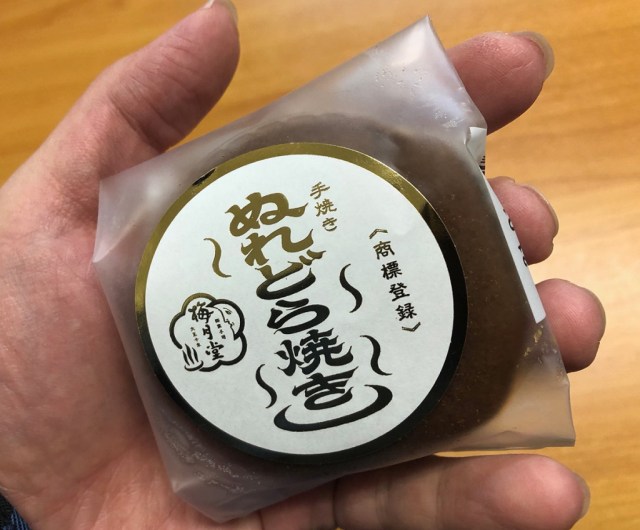
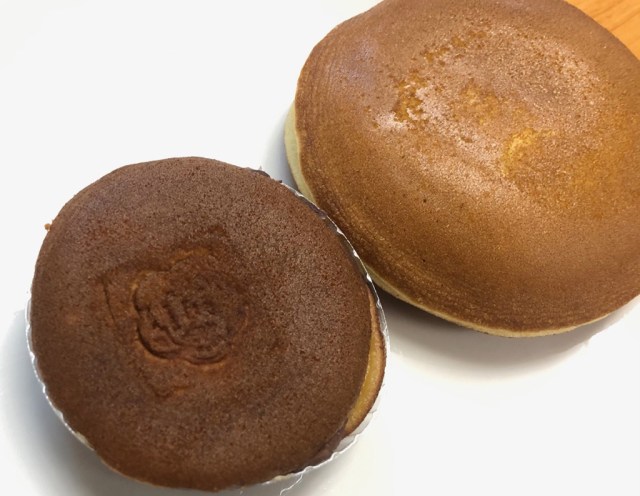
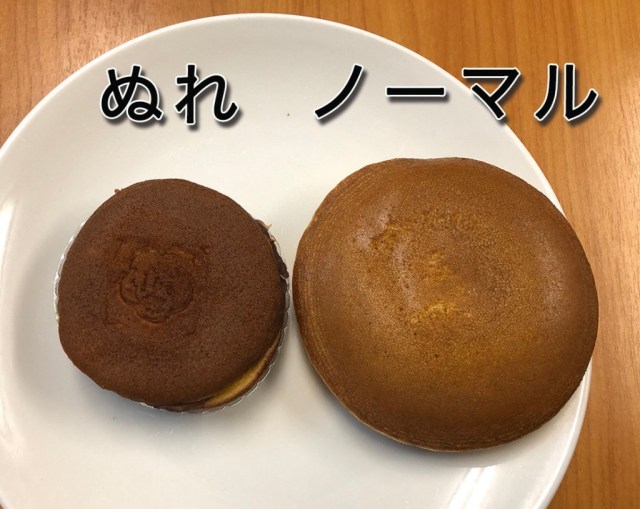
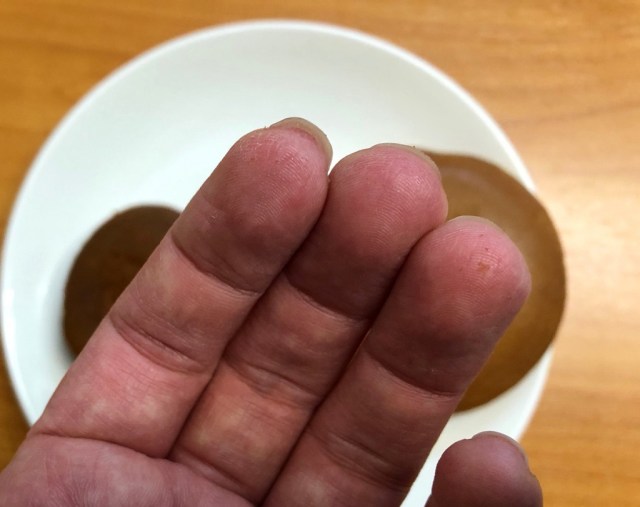
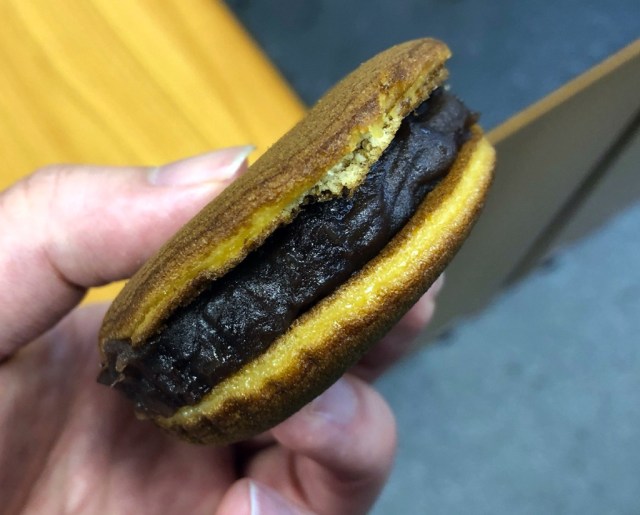
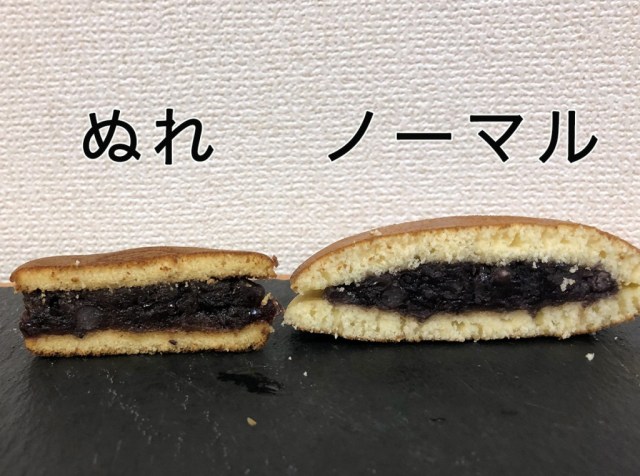
 We try some “raw” dorayaki from Kyoto and are overwhelmed with its thickness
We try some “raw” dorayaki from Kyoto and are overwhelmed with its thickness Japan’s sweet/terrifying face cakes are here as we order a batch of Kao Dorayaki【Photos】
Japan’s sweet/terrifying face cakes are here as we order a batch of Kao Dorayaki【Photos】 Taste-testing every single sakura sweet and cherry blossom drink we could find at Mujirushi
Taste-testing every single sakura sweet and cherry blossom drink we could find at Mujirushi Mos Burger’s sauce-soaked Wet Burger sure is wet, but is it worth your burger bucks? 【Taste test】
Mos Burger’s sauce-soaked Wet Burger sure is wet, but is it worth your burger bucks? 【Taste test】 Japanese sweets lovers soon to be in their blue heaven with beautiful aqua-color Ramune dorayaki
Japanese sweets lovers soon to be in their blue heaven with beautiful aqua-color Ramune dorayaki How to order snacks on a Shinkansen bullet train in Japan
How to order snacks on a Shinkansen bullet train in Japan Burger King Japan suddenly adds Dr. Pepper and Dr. Pepper floats to its menu nationwide
Burger King Japan suddenly adds Dr. Pepper and Dr. Pepper floats to its menu nationwide New Nintendo Lego kit is a beautiful piece of moving pixel art of Mario and Yoshi【Photos】
New Nintendo Lego kit is a beautiful piece of moving pixel art of Mario and Yoshi【Photos】 Hello, cosmetics! Clinique teams up with Hello Kitty this summer for first-time collaboration
Hello, cosmetics! Clinique teams up with Hello Kitty this summer for first-time collaboration Demon Slayer: Kimetsu no Yaiba gets new roller coaster attractions and food at Universal Studios Japan
Demon Slayer: Kimetsu no Yaiba gets new roller coaster attractions and food at Universal Studios Japan 11 different ways to say “father” in Japanese
11 different ways to say “father” in Japanese Kyoto tea merchant’s matcha parfait ice cream bars: The desserts we’ve been waiting 187 years for
Kyoto tea merchant’s matcha parfait ice cream bars: The desserts we’ve been waiting 187 years for East meets West in the Pacific-centered version of the world map
East meets West in the Pacific-centered version of the world map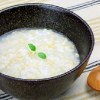 What do you eat when you catch a cold? We asked 11 of our Japanese reporters
What do you eat when you catch a cold? We asked 11 of our Japanese reporters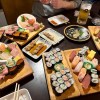 Shinjuku izakaya’s all-you-can-eat-and-drink plan is one of Tokyo’s best secret cheap eats
Shinjuku izakaya’s all-you-can-eat-and-drink plan is one of Tokyo’s best secret cheap eats Nintendo history you can feel – Super NES, N64, and GameCube controllers become capsule toys
Nintendo history you can feel – Super NES, N64, and GameCube controllers become capsule toys “The most Delicious Cup Noodle in history” – Japan’s French Cup Noodle wins our heart【Taste test】
“The most Delicious Cup Noodle in history” – Japan’s French Cup Noodle wins our heart【Taste test】 Starbucks releases a cute Frappuccino and Unicorn Cake…but not in Japan
Starbucks releases a cute Frappuccino and Unicorn Cake…but not in Japan Kyoto Tower mascot termination reveals dark side behind cute Japanese characters
Kyoto Tower mascot termination reveals dark side behind cute Japanese characters McDonald’s Japan’s Soft Twist Tower: A phantom ice cream only sold at select branches
McDonald’s Japan’s Soft Twist Tower: A phantom ice cream only sold at select branches Yabai Ramen: What makes this Japanese ramen so dangerous?
Yabai Ramen: What makes this Japanese ramen so dangerous? Finally! Nintendo Japan expands Switch 8-bit controller sales to everybody, Online member or not
Finally! Nintendo Japan expands Switch 8-bit controller sales to everybody, Online member or not Japanese government wants to build luxury resorts in all national parks for foreign tourists
Japanese government wants to build luxury resorts in all national parks for foreign tourists To combat declining birth rate, Japan to begin offering “Breeding Visas” to foreigners
To combat declining birth rate, Japan to begin offering “Breeding Visas” to foreigners 10 things you should buy at 7-Eleven in Japan
10 things you should buy at 7-Eleven in Japan Studio Ghibli releases anime heroine cosplay dresses that are super comfy to wear
Studio Ghibli releases anime heroine cosplay dresses that are super comfy to wear Woman charged for driving suitcase without a license in Osaka
Woman charged for driving suitcase without a license in Osaka Studio Ghibli unveils My Neighbour Totoro miniature house model
Studio Ghibli unveils My Neighbour Totoro miniature house model Kyoto experiencing problems with foreign tourists not paying for bus fares, but not on purpose
Kyoto experiencing problems with foreign tourists not paying for bus fares, but not on purpose Fighting mild hunger with a Japanese soda that turns into jelly in the stomach【Taste test】
Fighting mild hunger with a Japanese soda that turns into jelly in the stomach【Taste test】 Studio Ghibli’s Howl’s Moving Castle tapestry unveiled in Japan for first time
Studio Ghibli’s Howl’s Moving Castle tapestry unveiled in Japan for first time McDonald’s new Happy Meals offer up cute and practical Sanrio lifestyle goods
McDonald’s new Happy Meals offer up cute and practical Sanrio lifestyle goods Sales of Japan’s most convenient train ticket/shopping payment cards suspended indefinitely
Sales of Japan’s most convenient train ticket/shopping payment cards suspended indefinitely Sold-out Studio Ghibli desktop humidifiers are back so Totoro can help you through the dry season
Sold-out Studio Ghibli desktop humidifiers are back so Totoro can help you through the dry season Japanese government to make first change to romanization spelling rules since the 1950s
Japanese government to make first change to romanization spelling rules since the 1950s Foreigner’s request for help in Tokyo makes us sad for the state of society
Foreigner’s request for help in Tokyo makes us sad for the state of society Ghibli founders Toshio Suzuki and Hayao Miyazaki contribute to Japanese whisky Totoro label design
Ghibli founders Toshio Suzuki and Hayao Miyazaki contribute to Japanese whisky Totoro label design Doraemon found buried at sea as scene from 1993 anime becomes real life【Photos】
Doraemon found buried at sea as scene from 1993 anime becomes real life【Photos】 Tokyo’s most famous Starbucks is closed
Tokyo’s most famous Starbucks is closed Princesses, fruits, and blacksmiths: Study reveals the 30 most unusual family names in Japan
Princesses, fruits, and blacksmiths: Study reveals the 30 most unusual family names in Japan Face Dorayaki Japanese sweets: Delicious, terrifying, or both?【Photos】
Face Dorayaki Japanese sweets: Delicious, terrifying, or both?【Photos】 New “wet” potato chips revolutionise the snack industry in Japan
New “wet” potato chips revolutionise the snack industry in Japan Wet rice crackers? Trying nure-senbei for the first time【Taste test】
Wet rice crackers? Trying nure-senbei for the first time【Taste test】 Japan’s Curry Bread Grand Prix award winner is…a dorayaki sweet?
Japan’s Curry Bread Grand Prix award winner is…a dorayaki sweet? Doutor Coffee Japan’s cherry blossom drinks and snacks are a pretty pastel paradise
Doutor Coffee Japan’s cherry blossom drinks and snacks are a pretty pastel paradise Haneda Airport’s must-buy Japanese sweet is hard to find but worth it
Haneda Airport’s must-buy Japanese sweet is hard to find but worth it Häagen-Dazs’ upcoming traditional Japanese sweets cafe in Tokyo has our mouths watering already
Häagen-Dazs’ upcoming traditional Japanese sweets cafe in Tokyo has our mouths watering already Will it waffle? We put various Japanese snacks through a waffle iron, just because【SoraKitchen】
Will it waffle? We put various Japanese snacks through a waffle iron, just because【SoraKitchen】 Do ANA international inflight meals taste better on the ground than they do in the air?
Do ANA international inflight meals taste better on the ground than they do in the air? We joined the 10,000 otaku who recently congregated in Madrid for Japan Weekend
We joined the 10,000 otaku who recently congregated in Madrid for Japan Weekend Foreigner in Japan gets “scary Cretaceous cookies” at work, Japanese wife can’t wait to eat them
Foreigner in Japan gets “scary Cretaceous cookies” at work, Japanese wife can’t wait to eat them Red bean paste and cream cheese — a divinely sweet combination?
Red bean paste and cream cheese — a divinely sweet combination? Hello Kitty and Doraemon collaboration merch ends the year adorably!【Photos】
Hello Kitty and Doraemon collaboration merch ends the year adorably!【Photos】 These cat-laden sweets are too cute to eat…but we still want to!【Photos】
These cat-laden sweets are too cute to eat…but we still want to!【Photos】 Japan’s hardest rice crackers, snacks of the shinobi, go soft, so do they have a reason to exist?
Japan’s hardest rice crackers, snacks of the shinobi, go soft, so do they have a reason to exist? Japan continues to invent items it thinks you want!
Japan continues to invent items it thinks you want!
Leave a Reply